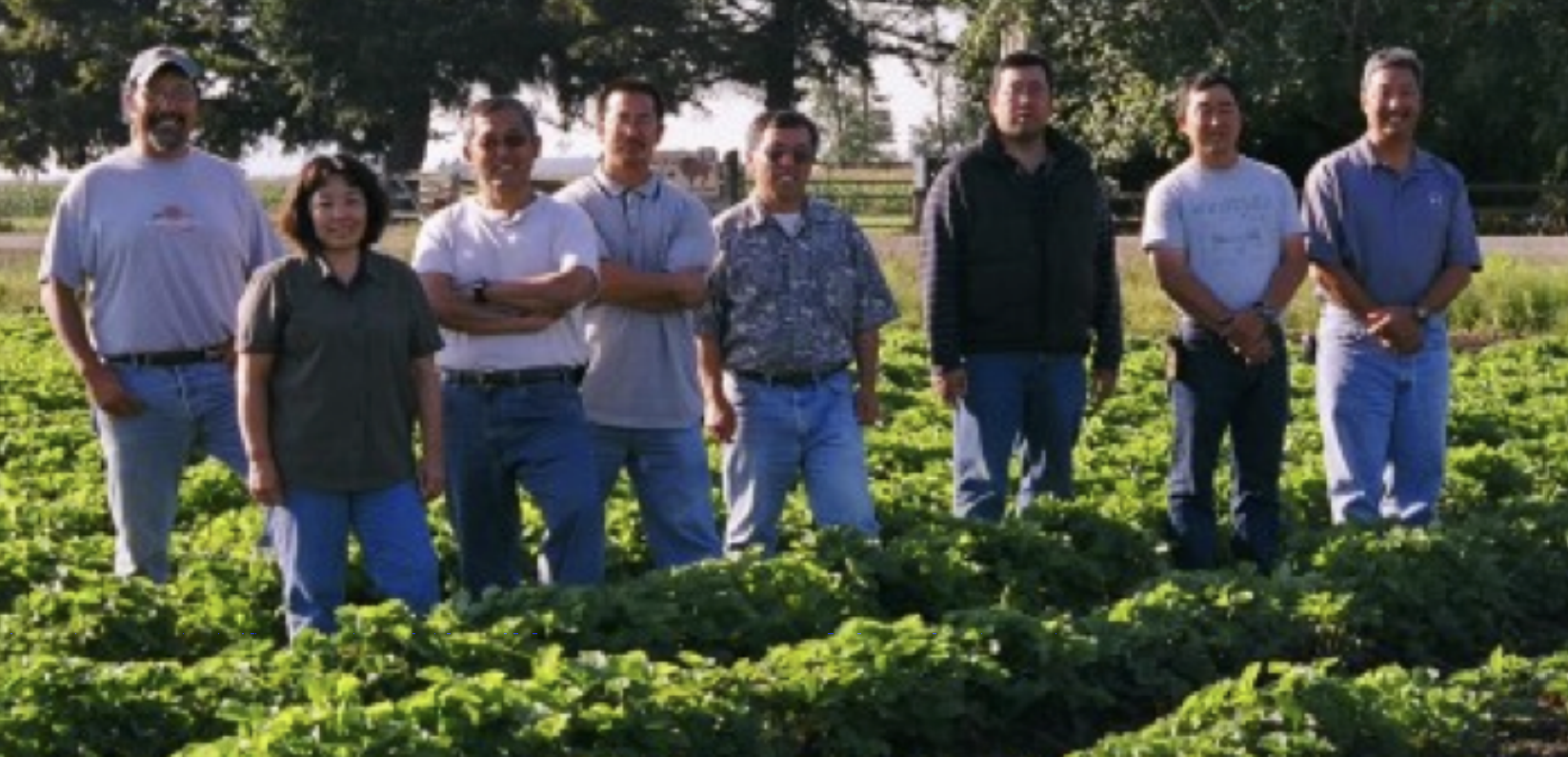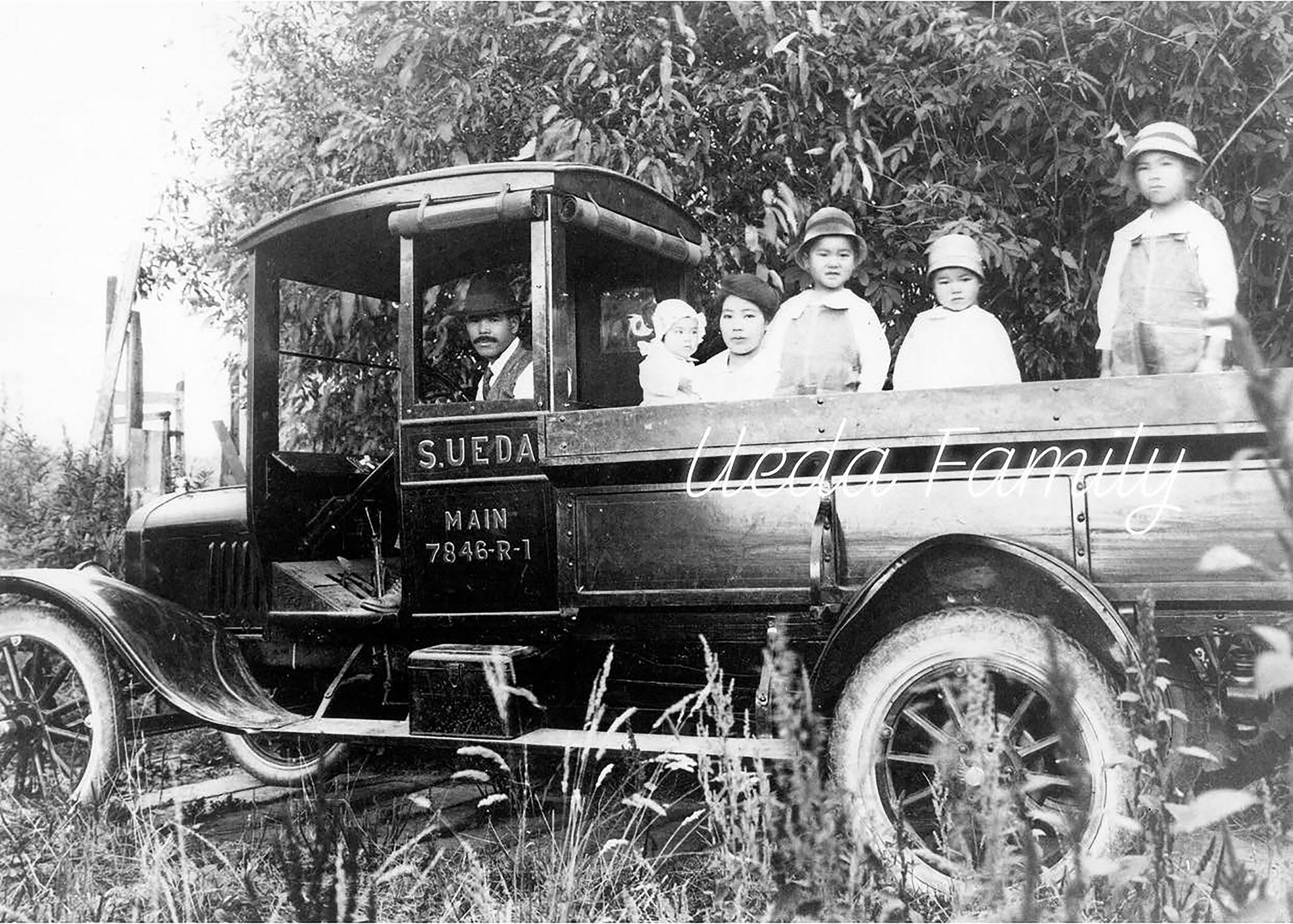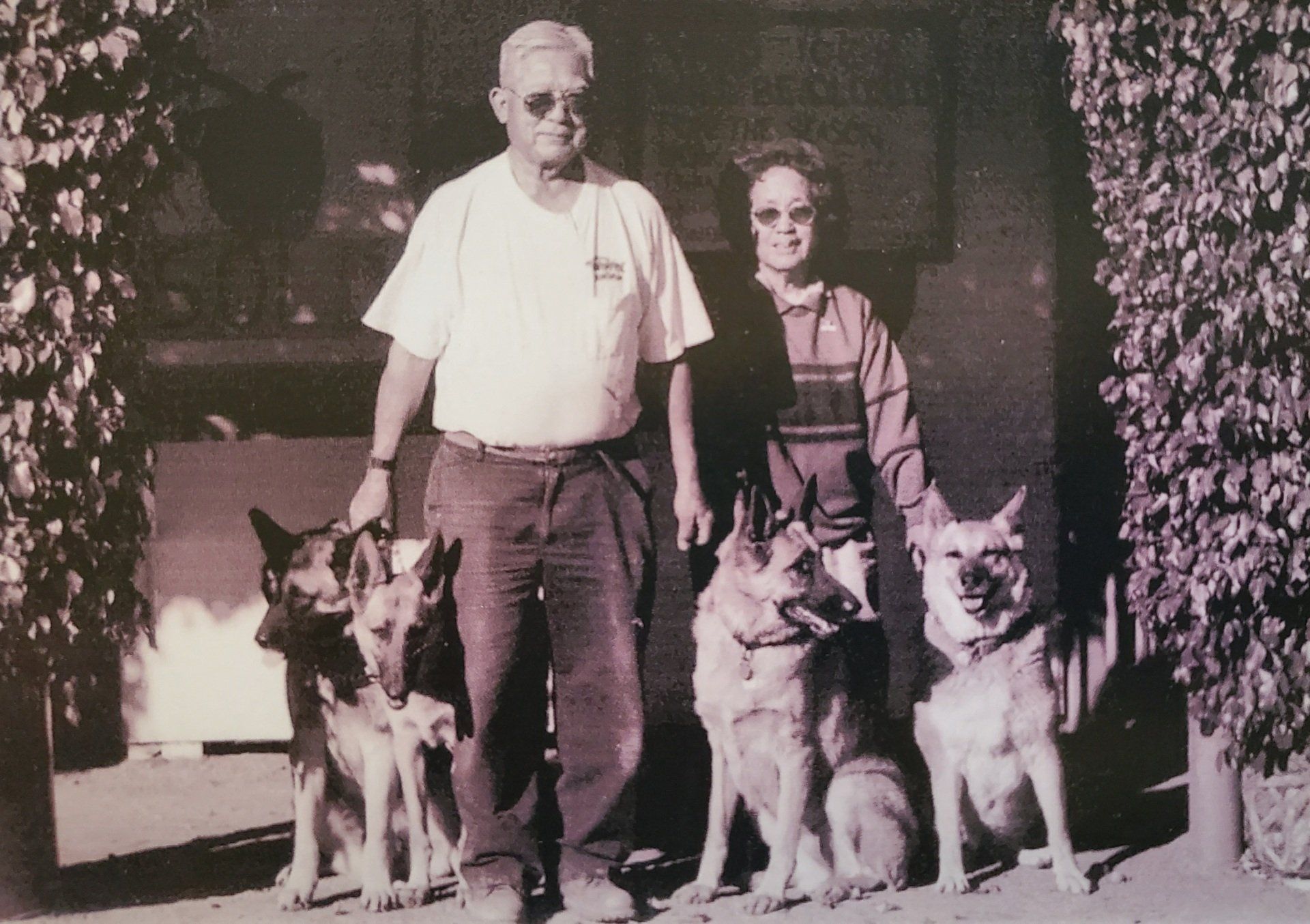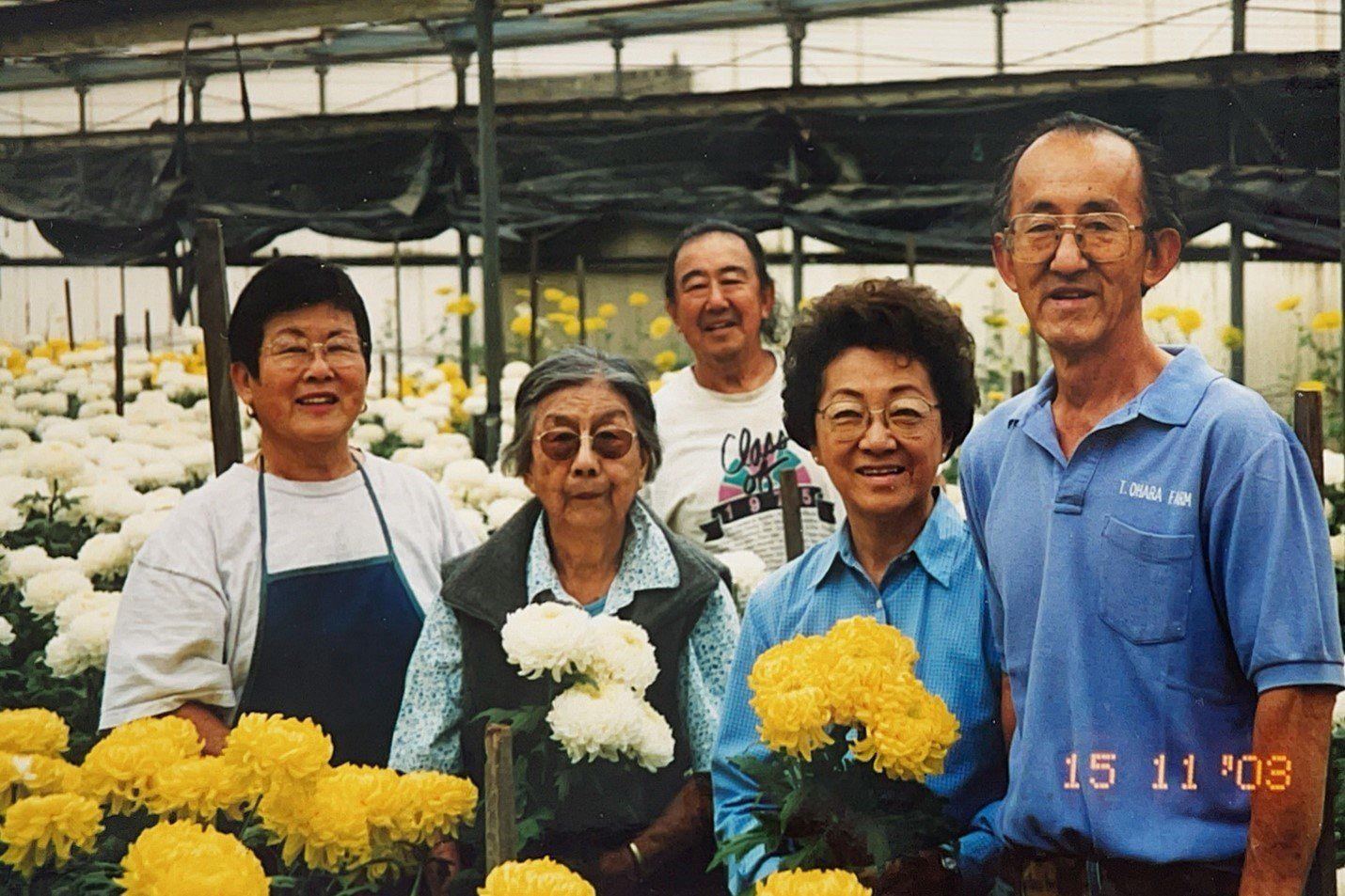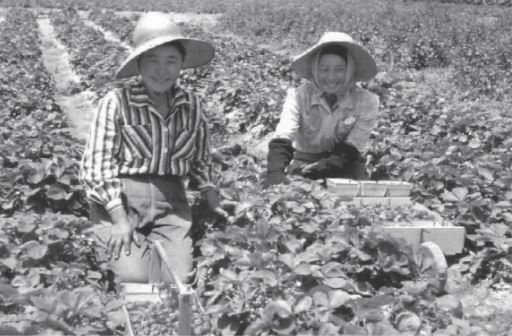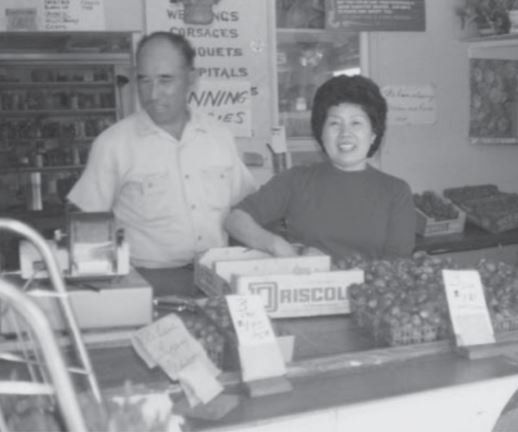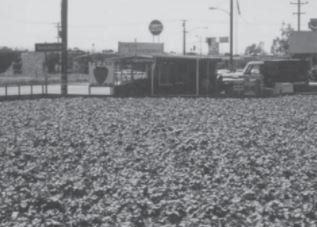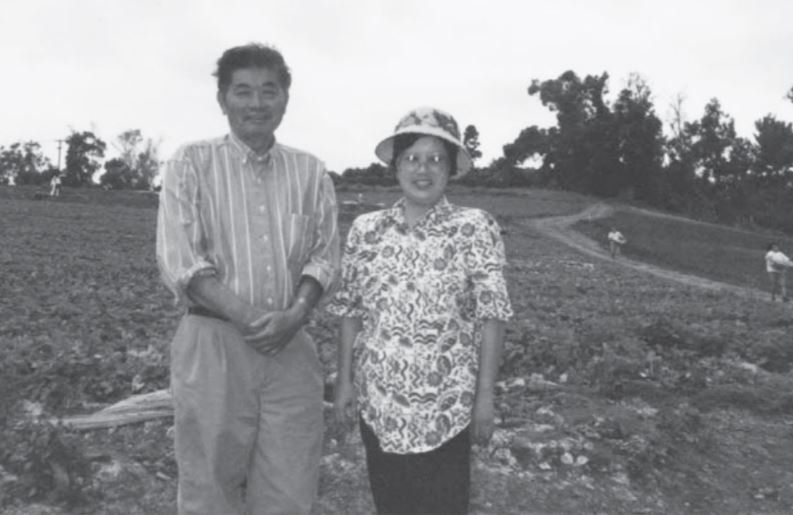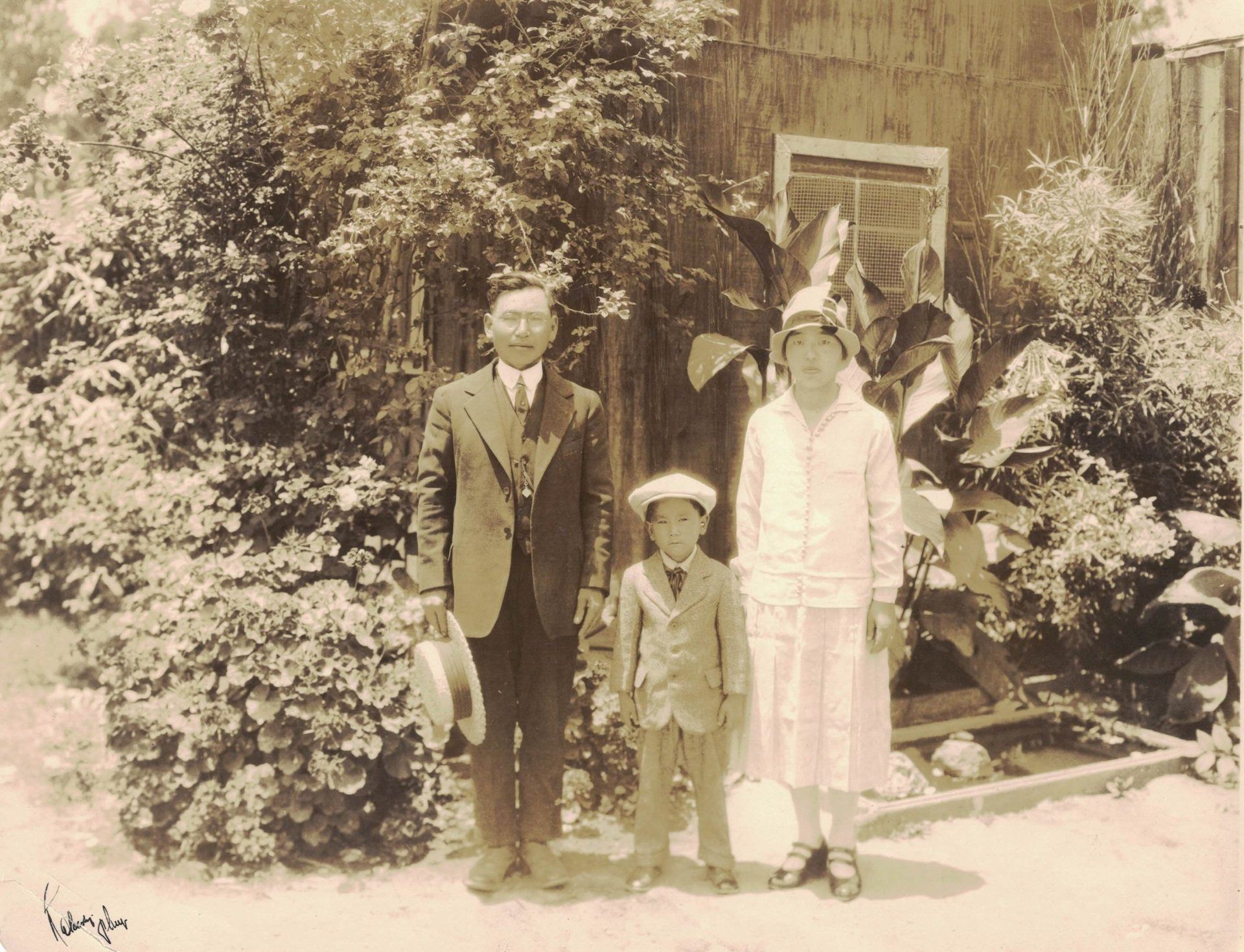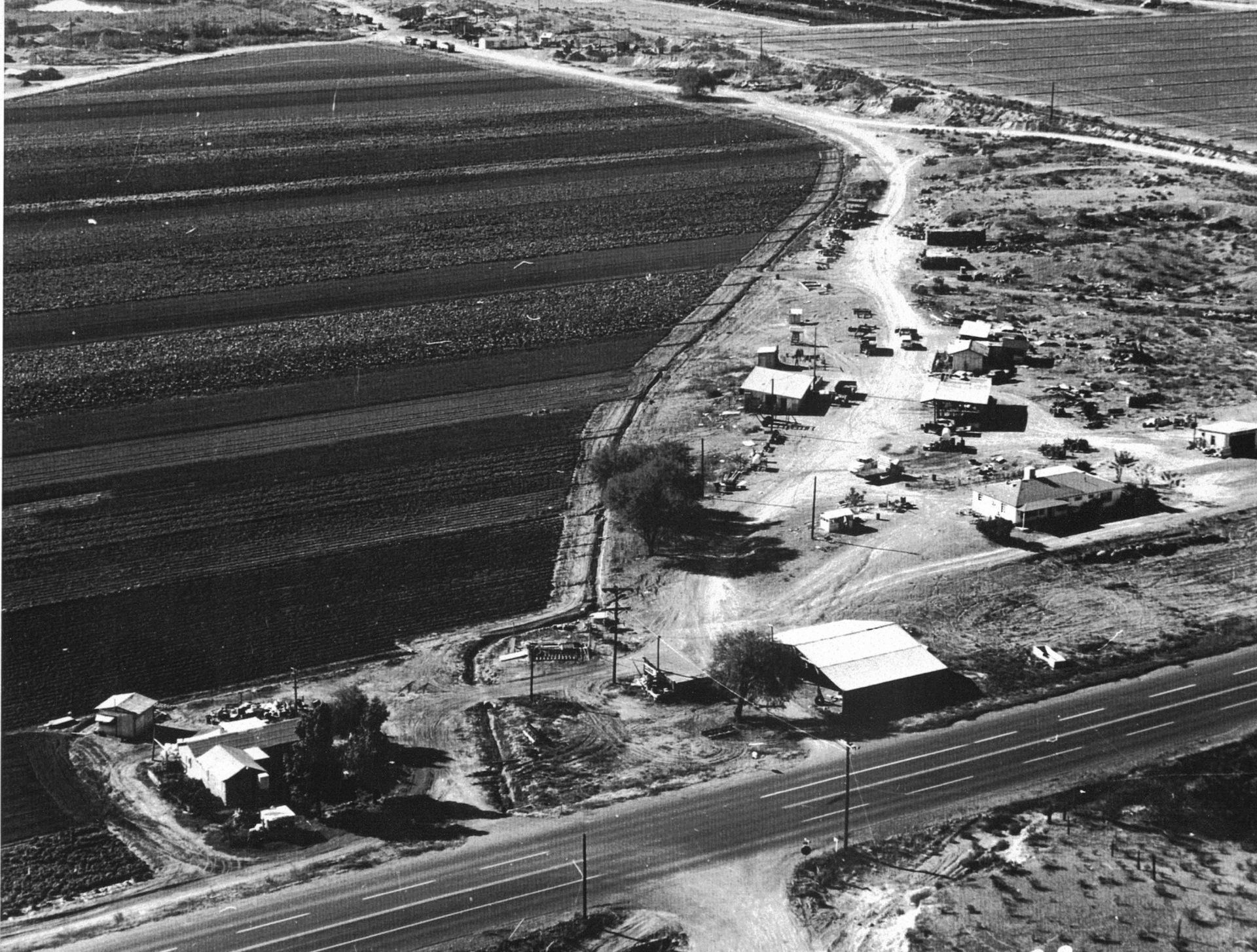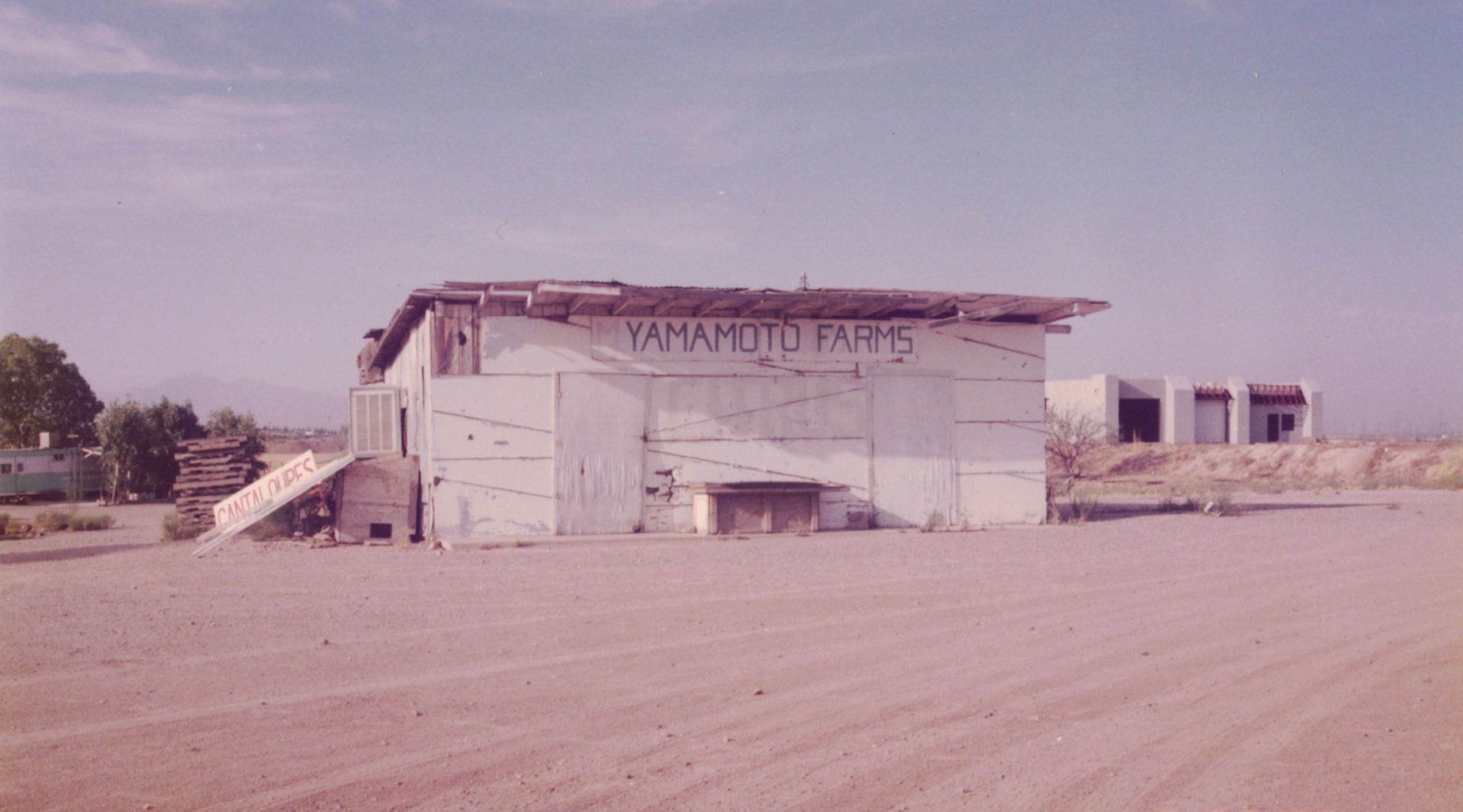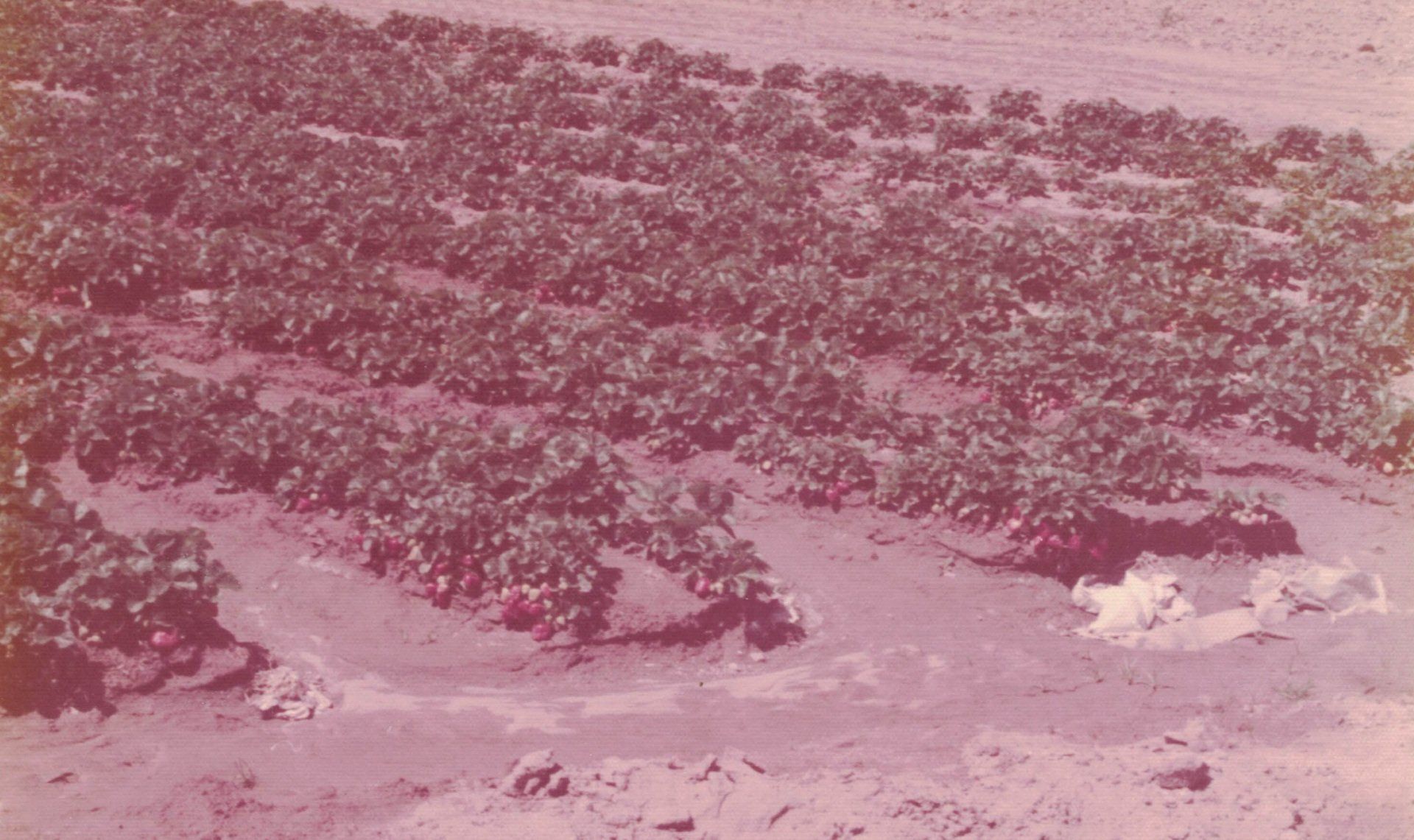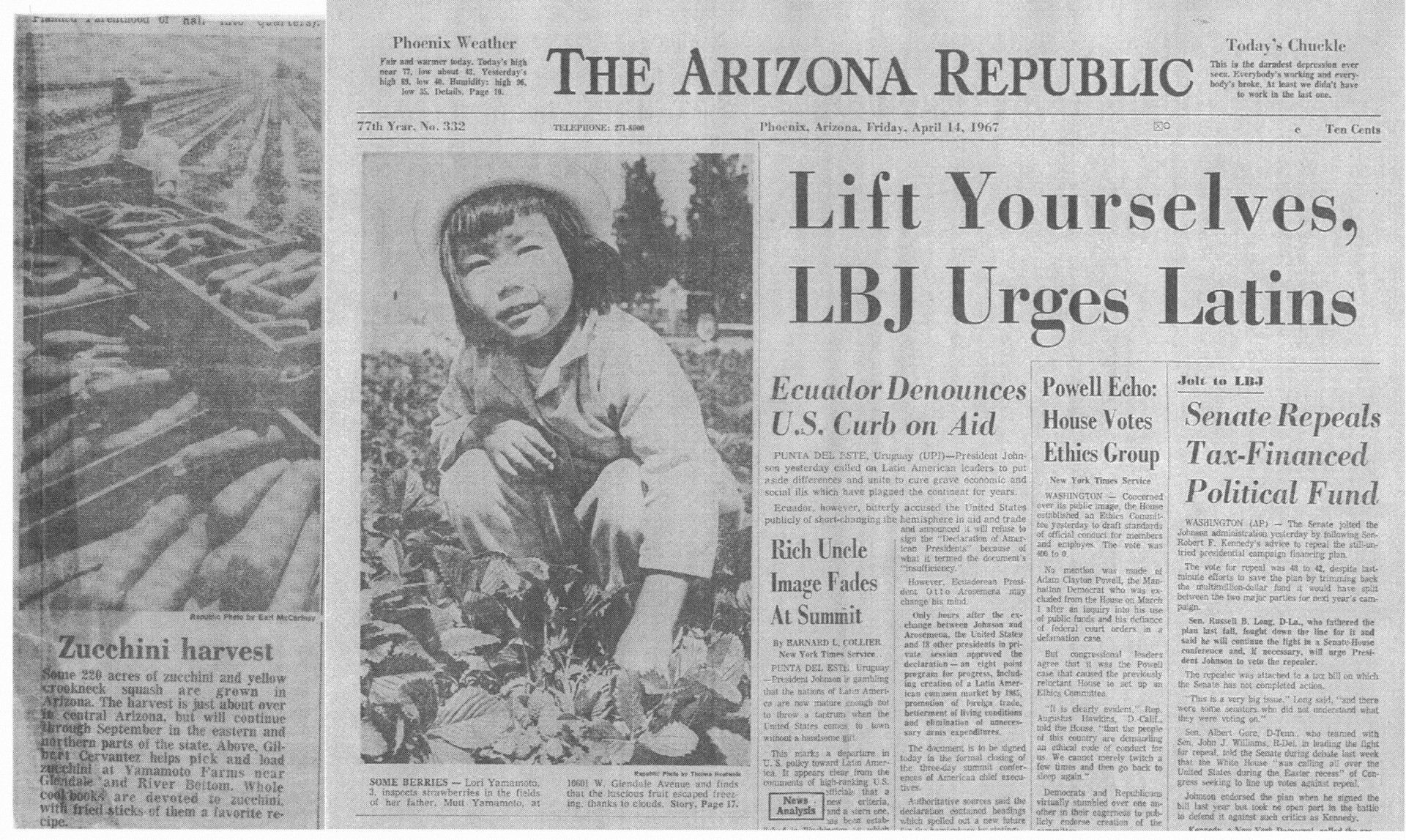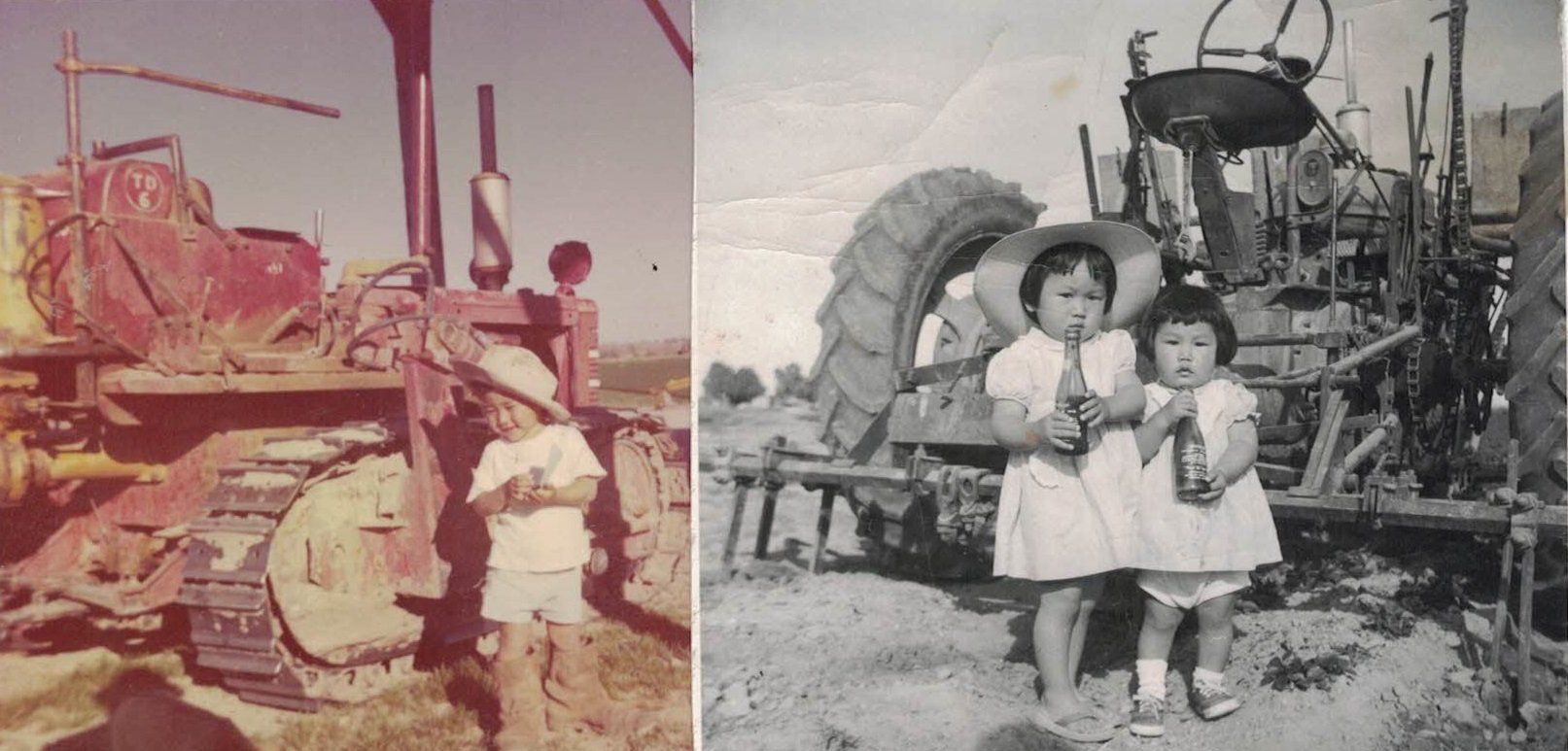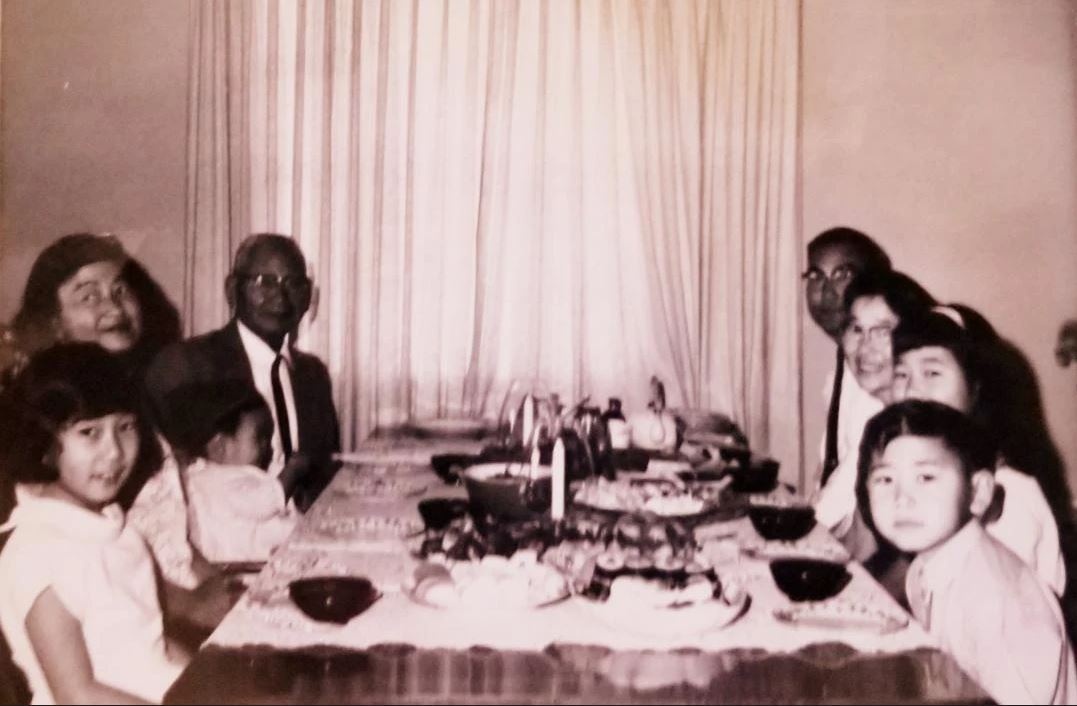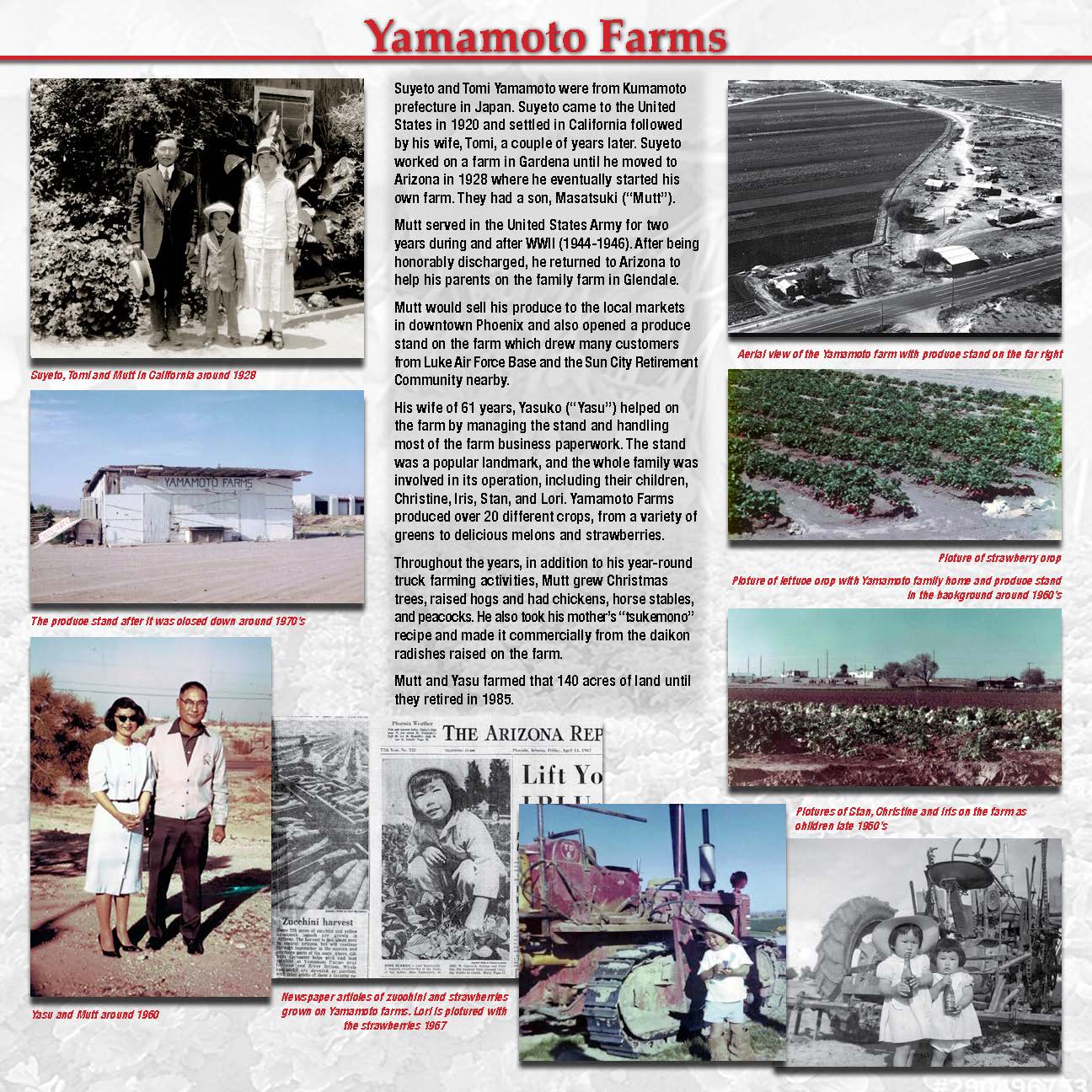Yamamoto Farms
Suyeto and Tomi Yamamoto, were from Kumamoto prefecture in Japan. Suyeto came to the United States in 1920 and settled in California. Tomi came to the US a couple of years later. Suyeto worked on a farm in Gardena until his brother convinced him to come to Arizona in 1928 where he eventually started his own farm. Their son, Masatsuki "Mutt" Yamamoto, was born in Arizona.
During World War II, the area around Phoenix was divided in a way such that those living on north side of the boundary line were sent to internment camps and those south of the boundary line were not. The Yamamoto farm was south of the line, so the family was not interned. Mutt enlisted and served in the United States Army for two years during and after WWII (1944-1946). He served as part of the Allied Occupation of Japan as a member of the US Counterintelligence Corps and earned the rank of Staff Sergeant. After being honorably discharged, he returned to Arizona to help his parents on the family farm.
Mutt said in an interview that, “With the aid of a G.I. loan in 1948, I put a down payment on a rather desolate, sagebrush and tumbleweed infested piece of land that took me almost four months of daily struggle with only one tractor to clear, level and otherwise prepare for cultivation before I could plant and irrigate my first crops.” From his farm in Glendale, Arizona, Mutt would sell his produce to the local markets in downtown Phoenix and also opened a produce stand on the farm along Glendale Avenue which drew many loyal customers from Luke Air Force Base and the Sun City Retirement Community not too far away.
His wife of 61 years, Yasuko ("Yasu") helped on the farm by managing the stand and handling most of the farm business paperwork. The family’s stand was a popular local seasonal landmark, and the whole family was involved in its operation, including their three daughters, Christine, Iris and Lori and one son, Stan. Yamamoto Farms produced over 20 different crops, from a variety of greens to delicious melons and strawberries with which Mutt won numerous agricultural awards. Towards the end of strawberry season, Mutt would open the fields to happy customers who could go in and pick their own strawberries.
Throughout the years, in addition to his year-round truck farming activities, Mutt grew Christmas trees, raised hogs, had chickens, horse stables, and even a couple of peacocks on the property. For a period of time, he took his mother's "tsukemono" recipe and made it commercially from the daikon radishes raised on the farm. He designed and built a small assembly line where the bottles of tsukemono were processed, labeled, and prepared for shipment to California.
Outside of working on the farm, Mutt was also heavily involved with the Japanese community. He served as president of the Arizona Japanese-American Citizens League and served on the board and was an officer for the Arizona Buddhist Temple for several years.
Mutt and Yasu farmed that 140 acres of land until they retired in 1985.
Suyeto, Tomi and Mutt in California around 1928
Yasu and Mutt around 1960
Aerial view of the Yamamoto farm with produce stand on the far right around 1960's
The produce stand after it was closed down around 1970's
Picture of strawberry crop
Picture of lettuce crop with Yamamoto family home and produce stand in the background around 1960's
Newspaper articles of zuchini and strawberries grown on Yamamoto farms. Lori is pictured with the strawberries 1967
Pictures of Stan, Christine and Iris on the farm as children late 1950's
Left: Iris, Yasu, Lori, Suyeto, Right: Stan , Christine, Tomi, Mutt for New Year's shogatsu around 1964

